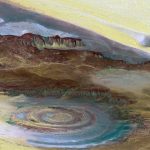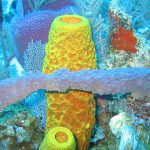primitive
Undeveloped or in early stages of development, undifferentiated.
You will also like...
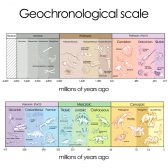
Geological Periods
Geological periods is a study guide that cites the different geological periods on Earth's timeline. Each has a brief overview and an outline of the tutorial guides that will help you track the history of life on Earth...
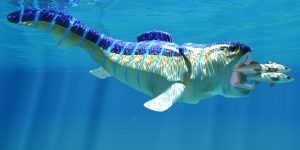
Fish
The sea was teeming with life. Eventually, through reproduction and continued variation, fish came about. There are over 20 000 species of fish, all of which have diversified over time. In this tutorial, the different factors that helped shape fish as we know them today are presented...
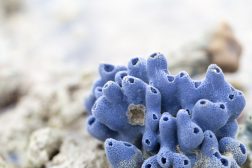
Primitive Animals
Life, as we know it today, is presumed to have started in the sea and many of them were likely eukaryotic animal-like organisms. Because of the expanding diversity of animal life forms, taxonomists eventually came up with a classification scheme to group them into various phyla. Know more about the early animals that were likely the first ones to roam the ancient seas through this tutorial...
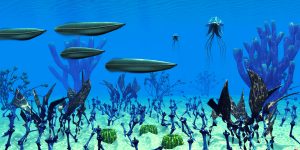
Arthropods
The arthropods were assumed to be the first taxon of species to possess jointed limbs and exoskeleton, exhibit more advanced receptors in the form of eyes, and develop various chemoreceptors. Since they possess such desirable features, their survival over the long term is apparent by their genetic diversity. Learn more elaborate details about arthropod evolution in this tutorial...

Human Reproduction
Humans are capable of only one mode of reproduction, i.e. sexual reproduction. Haploid sex cells (gametes) are produced so that at fertilization a diploid zygote forms. This tutorial is an in-depth study guide regarding male and female reproductive physiology...

